Let's face it – outdoor cushions are magnets for dirt, pollen, bird droppings, and that mysterious sticky residue that seems to appear overnight. When your outdoor cushions don't have removable covers, cleaning them might feel like you're stuck between a rock and a hard place. But don't worry! We've got your back with proven techniques that'll have your cushions looking fresh and inviting again.
Why Non-Removable Covers Make Cleaning Tricky
When cushion covers are permanently attached or sewn directly to the cushion filling, you can't simply toss them in the washing machine. This design choice often provides better durability and weather resistance, but it definitely complicates the cleaning process. The key is working with what you've got while being smart about your approach.
Pro Tip
Before diving into any cleaning method, always test your chosen solution on a hidden area of the cushion first. This prevents any unwanted surprises like discoloration or fabric damage.
Essential Supplies You'll Need
Cleaning Solutions
- Mild dish soap
- White vinegar
- Baking soda
- Oxygen bleach (color-safe)
Tools & Equipment
- Soft-bristled brush
- Spray bottle
- Garden hose
- Clean microfiber cloths
Step-by-Step Cleaning Methods
Method 1: The Gentle Soap Solution
This is your go-to method for regular maintenance and light stains. Mix 2 tablespoons of mild dish soap with a quart of warm water in a spray bottle. Spray the solution generously over the cushion surface, then use a soft brush to work it into the fabric with circular motions. Let it sit for 10-15 minutes before rinsing thoroughly with your garden hose.

Method 2: The Vinegar Power Clean
For tougher stains and mildew issues, white vinegar is your secret weapon. Create a solution of equal parts white vinegar and water, then spray it onto the affected areas. The acidic properties help break down stubborn stains and kill mold spores. After letting it work for 15-20 minutes, scrub gently and rinse well.
Method 3: The Baking Soda Paste Treatment
When dealing with greasy stains or persistent odors, baking soda paste works wonders. Mix baking soda with just enough water to form a thick paste, then apply it directly to problem areas. Let it sit for 30 minutes before scrubbing with a soft brush and rinsing thoroughly.
Tired of Difficult-to-Clean Cushions?
Upgrade to our premium outdoor bench cushions with removable, machine-washable covers for effortless maintenance!
Shop NowDealing with Specific Stains
Mold and Mildew
These unwelcome guests love damp, humid conditions. For mold and mildew, combine 1 cup of white vinegar with 1 cup of warm water and a tablespoon of dish soap. Spray the mixture onto affected areas and let it sit for 15 minutes. The vinegar kills the mold while the soap helps lift it from the fabric fibers.
Bird Droppings
Nobody enjoys this cleaning task, but it's necessary. Allow the droppings to dry completely (wet removal can push them deeper into the fabric), then scrape off as much as possible with a plastic scraper. Follow up with your soap solution and a thorough rinse.
Tree Sap and Sticky Residues
These stubborn substances require a different approach. Try rubbing alcohol or hand sanitizer on a clean cloth to dissolve the sticky residue. Work from the outside of the stain inward to prevent spreading, then follow up with your regular cleaning solution.

Drying Techniques That Actually Work
Proper drying is crucial for preventing mold and maintaining your cushions' integrity. Never leave wet cushions in a closed or shaded area – this creates the perfect breeding ground for mold and mildew. Instead, prop them up in a sunny, well-ventilated area where air can circulate around all sides.
For faster drying, you can use clean, dry towels to blot excess water before placing them in the sun. Flip the cushions every few hours to ensure even drying. If you're dealing with thick cushions, this process might take a full day or even two, so plan accordingly.
Prevention Tips That Save You Time
The best cleaning strategy is preventing excessive dirt buildup in the first place. Here's how to keep your outdoor chair cushions looking their best with minimal effort:
Regular Maintenance
Give your cushions a quick brush-off weekly to remove surface dirt and debris before it settles in.
Strategic Placement
Position your furniture to minimize exposure to tree sap, bird activity, and excessive moisture.
Protective Covers
Invest in quality furniture covers for extended periods of non-use, especially during harsh weather.
When to Call It Quits
Sometimes, despite your best efforts, cushions reach the end of their cleaning potential. If you're dealing with permanently embedded odors, extensive mold damage, or fabric that's become too thin or damaged, it might be time to consider replacement.
Upgrade Your Outdoor Space
Seasonal Cleaning Schedule
Establishing a regular cleaning routine makes the job much more manageable. Here's a practical schedule that works for most climates:
Spring Deep Clean
After winter storage, give cushions a thorough cleaning before the outdoor season begins.
Summer Maintenance
Monthly light cleaning to remove pollen, dust, and any accumulated debris.
Fall Preparation
Final deep clean before winter storage to prevent mold growth during dormant months.

Common Mistakes to Avoid
Even with the best intentions, it's easy to make mistakes that can damage your cushions. Here are the most common pitfalls and how to avoid them:
Using Harsh Chemicals
Bleach and strong detergents can weaken fabric fibers and cause discoloration. Stick to mild, fabric-safe solutions.
Soaking Without Proper Drying
Thoroughly wet cushions that don't dry completely become mold magnets. Always ensure complete drying.
Aggressive Scrubbing
Vigorous scrubbing can damage fabric texture and push stains deeper. Use gentle, circular motions instead.
DIY vs. Professional Cleaning
While most outdoor cushion cleaning can be handled at home, some situations might call for professional help. If you're dealing with expensive cushions, delicate fabrics, or extensive damage, professional upholstery cleaning might be worth the investment.
However, for standard outdoor cushions, the DIY approach is usually sufficient and much more cost-effective. The methods we've outlined can handle 90% of common cleaning situations without professional intervention.
Extending Cushion Life Beyond Cleaning
Proper cleaning is just one aspect of cushion care. To maximize your investment, consider these additional tips:
- Store cushions in a dry, ventilated area during extreme weather
- Rotate cushions regularly to ensure even wear
- Address stains immediately rather than letting them set
- Consider applying fabric protector spray after cleaning
Speaking of fabric protection, many of our custom outdoor cushions come with built-in stain resistance, making future cleaning much easier.

Final Thoughts on Cushion Care
Cleaning outdoor cushions without removable covers doesn't have to be a dreaded chore. With the right approach, proper supplies, and a bit of patience, you can keep your outdoor furniture looking fresh and inviting throughout the season.
Remember, regular maintenance is far easier than deep cleaning, so don't let dirt and stains accumulate. Your outdoor space should be a place of relaxation and enjoyment, not a source of cleaning stress.
Ready for Easier Maintenance?
If you're tired of wrestling with non-removable covers, explore our collection of chair cushions and bench cushions designed with easy-care features. Your future self will thank you!
Browse All Collections
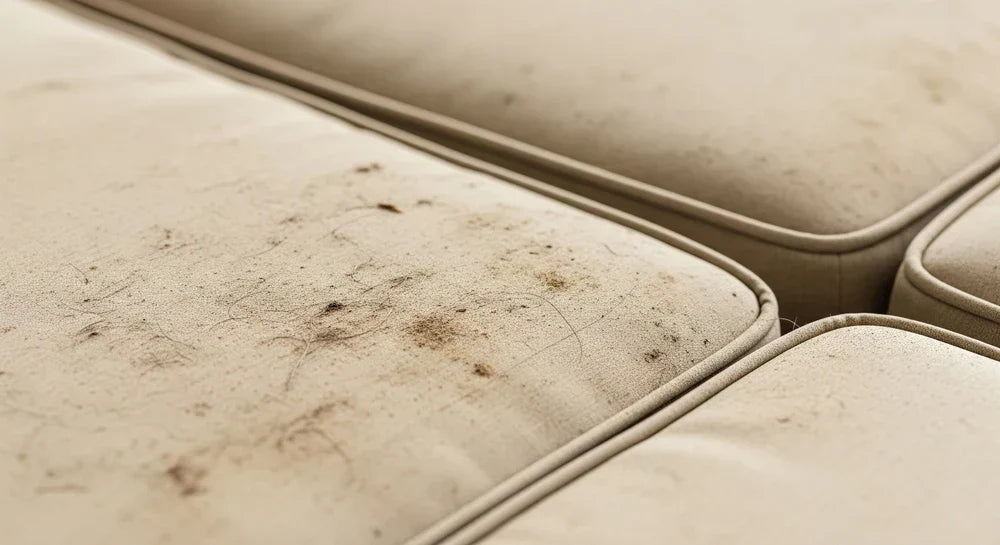
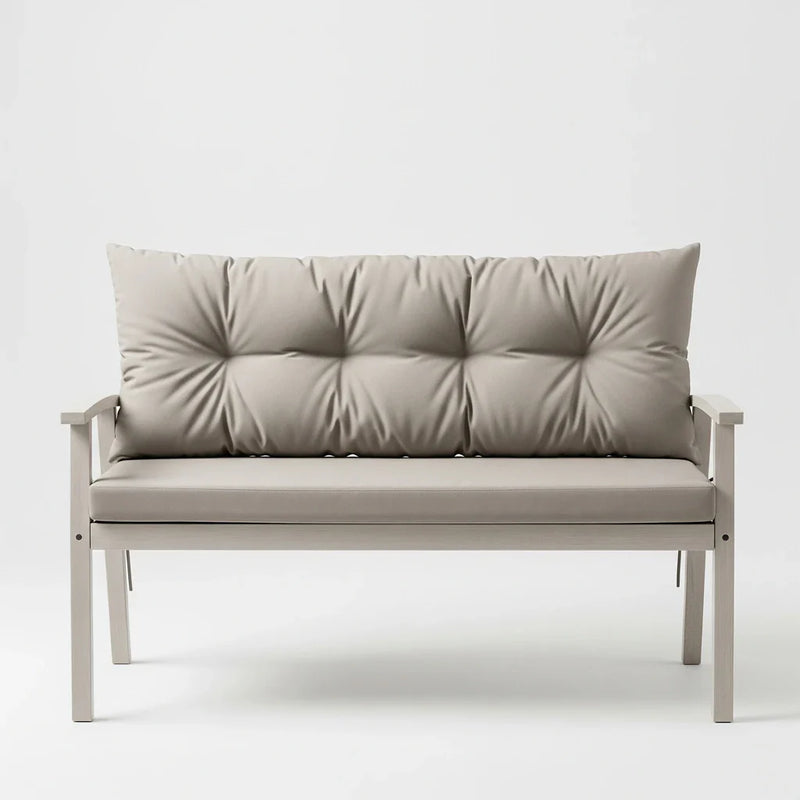




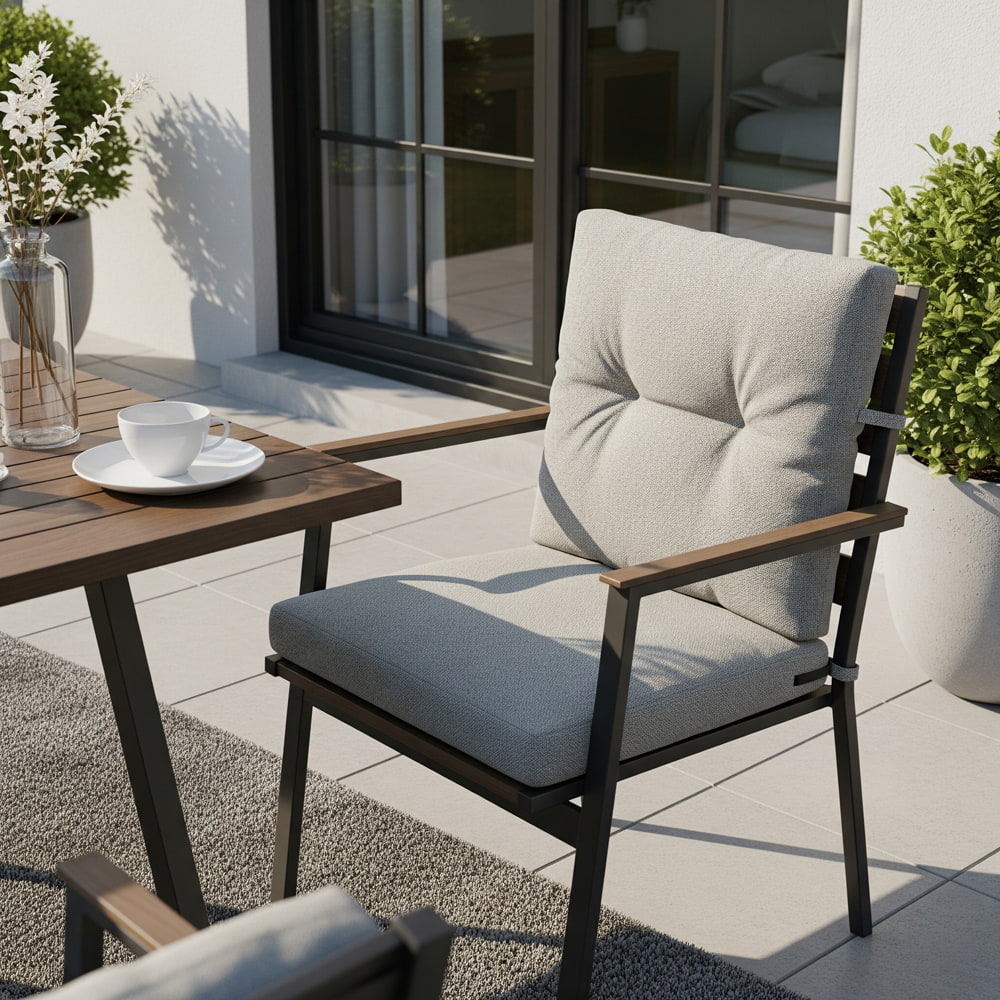
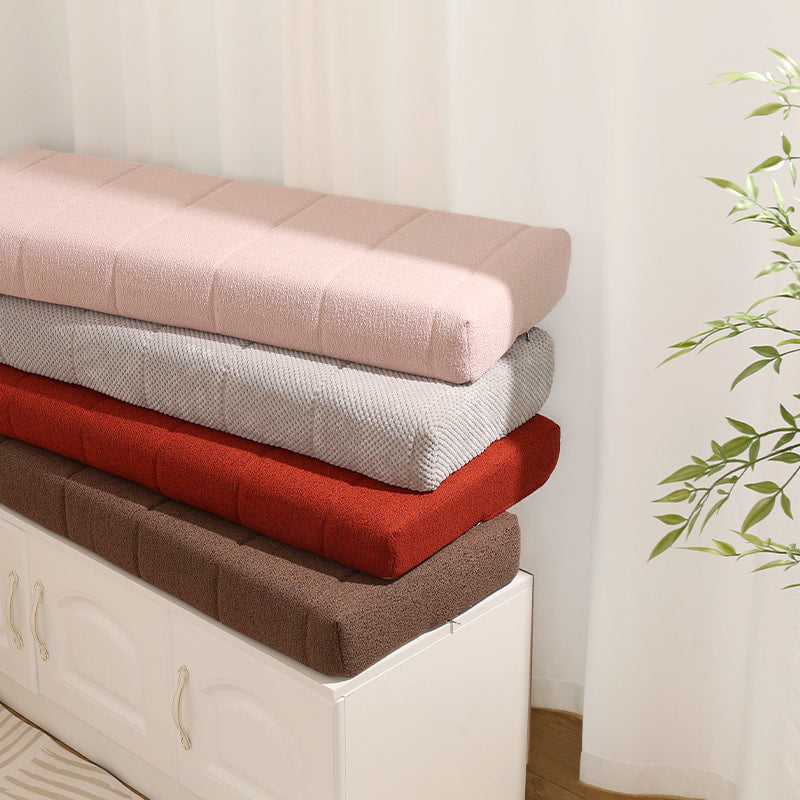

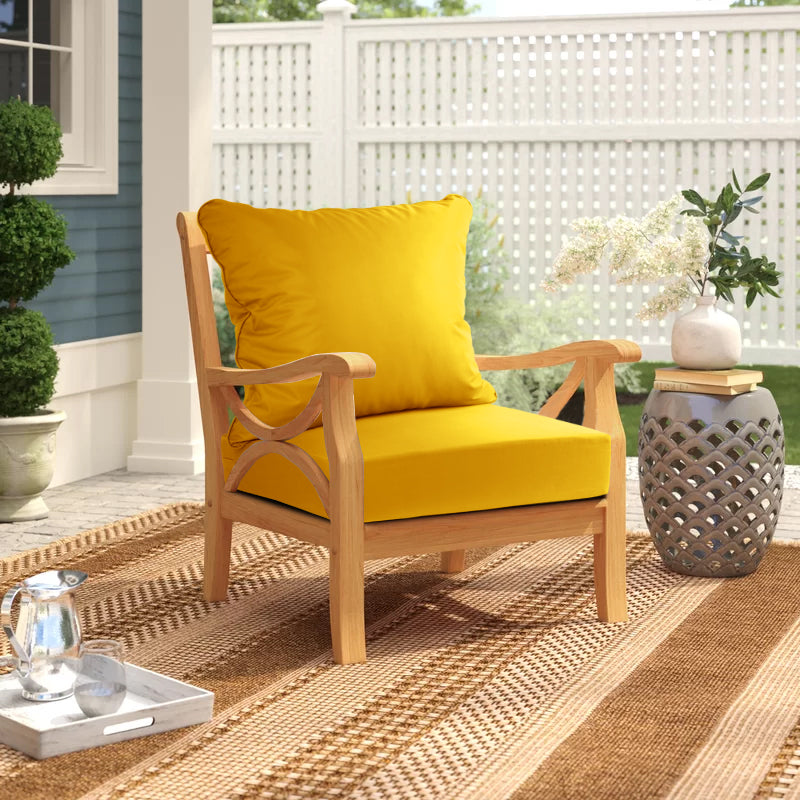
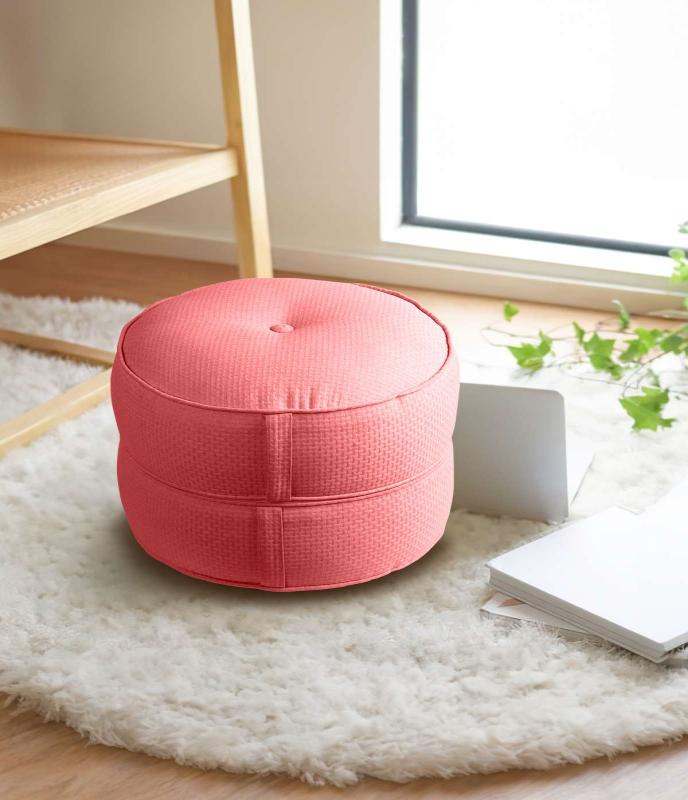
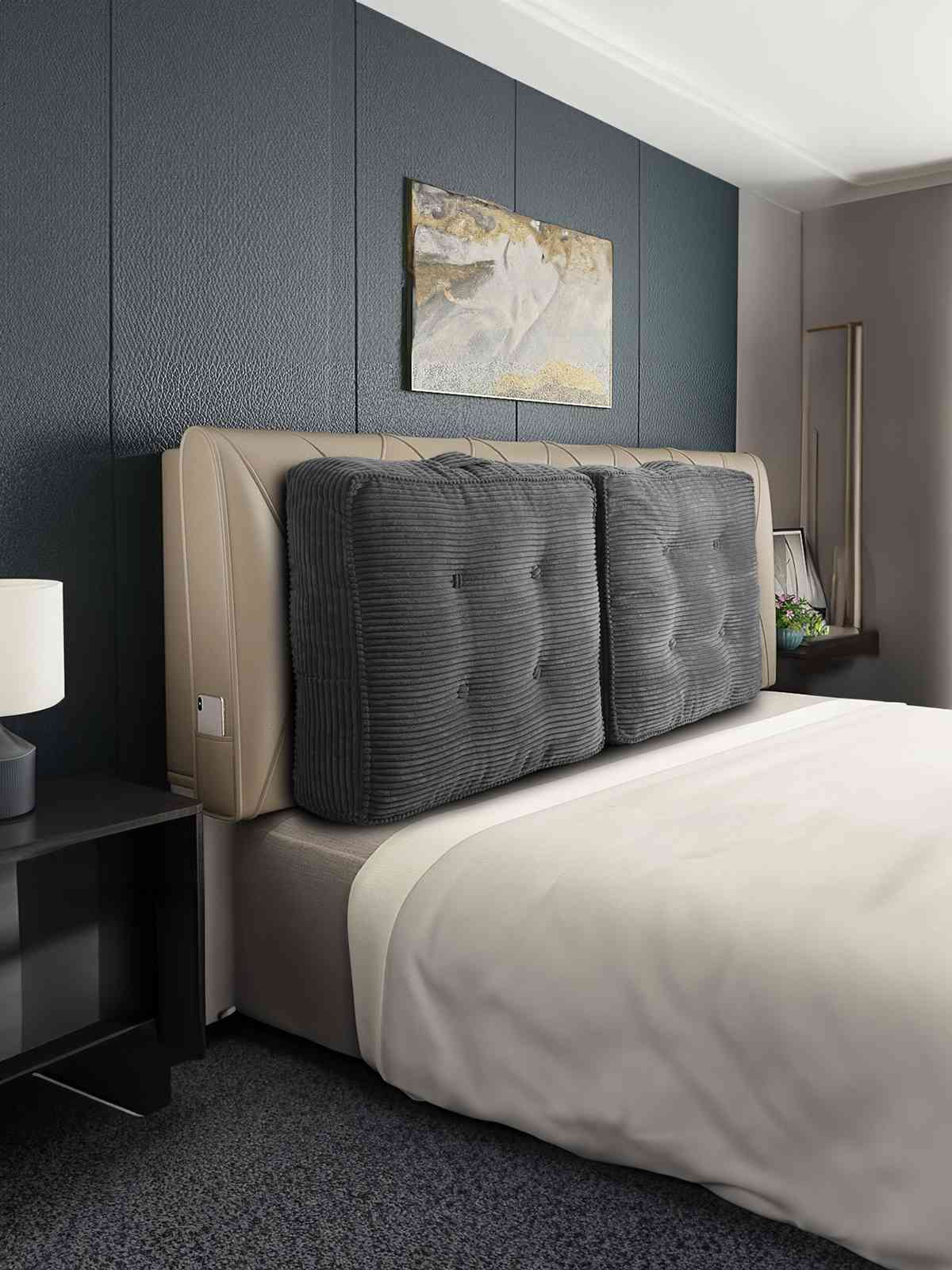
Leave a comment
All comments are moderated before being published.
This site is protected by hCaptcha and the hCaptcha Privacy Policy and Terms of Service apply.